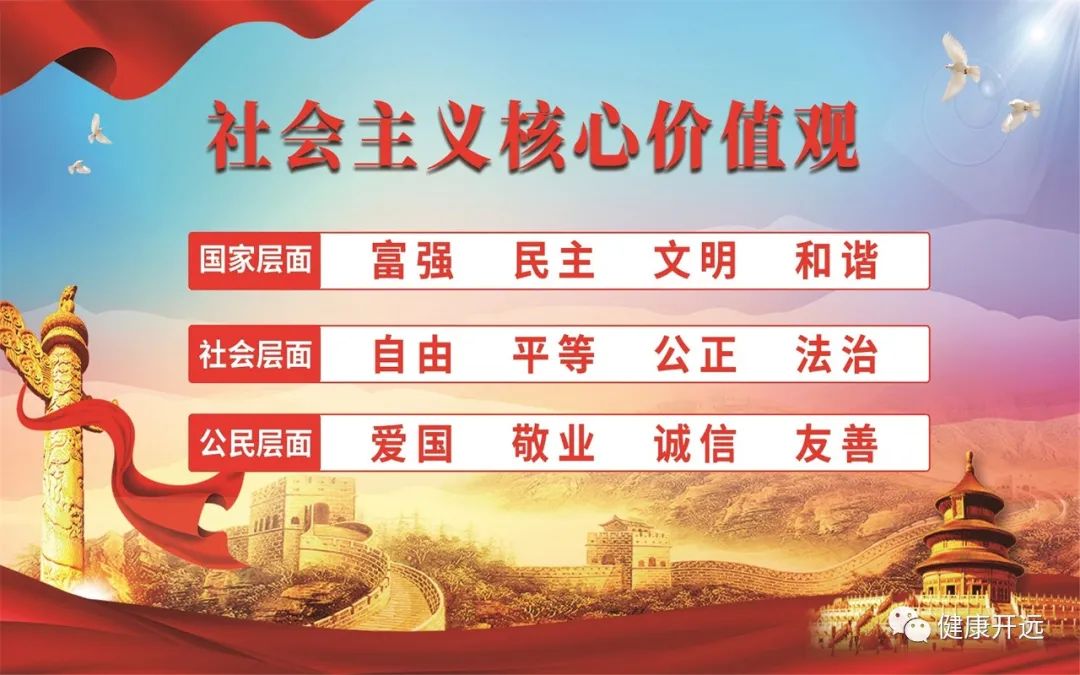The following is the main text
Recently, the weather has been unpredictable, with rain one moment and sunshine the next, followed by temperature drops and then heat causing sweating. Over the past few days, Xiao Wang has felt unwell and bought cold medicine from the pharmacy, but instead of improving, his condition worsened, forcing him to seek treatment at the hospital. After questioning, the doctor told him: “You took the wrong medicine!”

Why did the doctor say this? It turns out that Xiao Wang was suffering from a Wind-Heat cold (Feng Re Gan Mao), but he took medicine for a Wind-Cold cold (Feng Han Gan Mao), which is why his condition did not improve and actually worsened. The doctor explained that treatment must be based on syndrome differentiation, requiring a comprehensive assessment of clinical symptoms and tongue and pulse signs to achieve more accurate treatment. Below, we will teach you how to easily distinguish between “Wind-Cold cold” and “Wind-Heat cold”! Don’t take the wrong medicine again!

1. Seasonal Differences Between Wind-Cold and Wind-Heat Colds
1. Wind-Cold colds typically occur in dry air, relatively low temperatures, and significant temperature fluctuations during the autumn and winter seasons. This is due to the large temperature variations in autumn and winter, with low outdoor temperatures allowing Wind pathogens to invade.
2. Wind-Heat colds usually occur in the relatively warm spring and summer seasons when bacteria and viruses are more active.
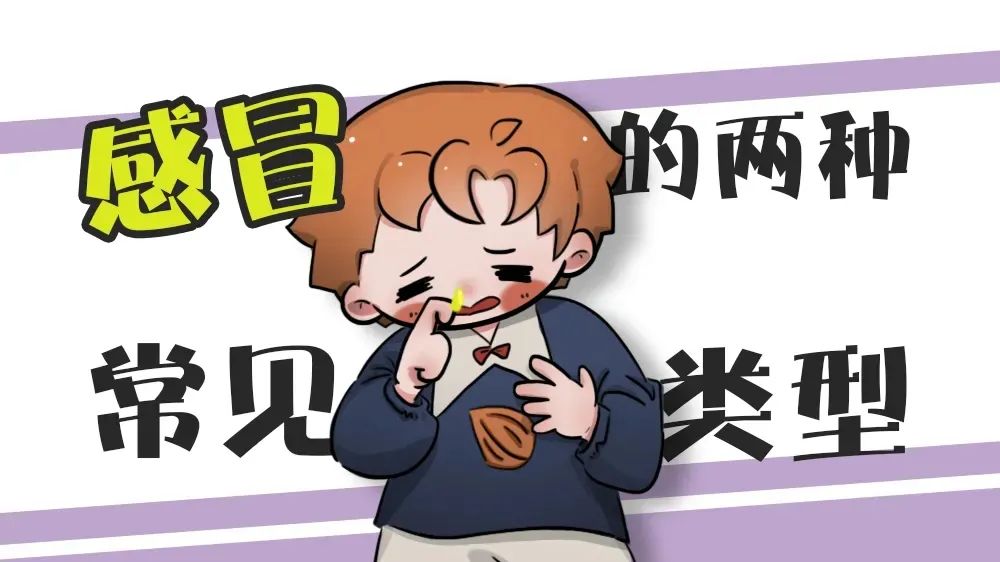
2. Symptom Differences Between Wind-Cold and Wind-Heat Colds
1. Nasal discharge: Wind-Cold colds produce clear nasal discharge and headaches; Wind-Heat colds produce yellow, turbid nasal discharge.
2. Tongue coating: The tongue coating for Wind-Cold colds is thin and white; for Wind-Heat colds, it is thin and yellow or yellow and greasy.
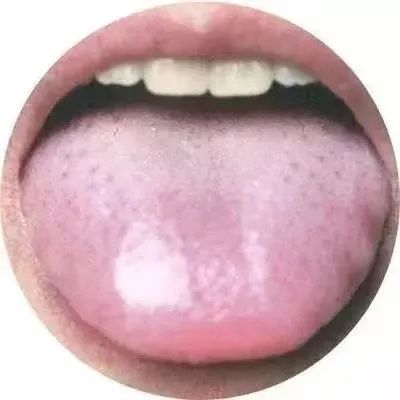

3. Cough: Wind-Cold colds present as dry cough and itchy throat; Wind-Heat colds present as a heavy, loud cough.
4. Throat examination: Wind-Heat colds show red and swollen throats, with enlarged and painful tonsils; Wind-Cold colds do not show throat redness or pain.
5. Sweating: Wind-Cold colds do not easily produce sweat, while Wind-Heat colds do.
6. Differentiating cold and heat: Wind-Cold colds have mild fever and severe chills; Wind-Heat colds have severe fever and mild chills.

3. Why is syndrome differentiation important in Traditional Chinese Medicine (TCM) for herbal and patent medicines?
1. If a Wind-Cold syndrome is mistakenly treated with warming herbs, sweating is difficult to achieve, and the pathogenic factor cannot be expelled, which can worsen the condition, akin to adding insult to injury, and may even lead to a transformation of the syndrome.
2. If a Wind-Heat syndrome is mistakenly treated with cooling herbs, it can lead to excessive heat, dryness, and blood movement issues.
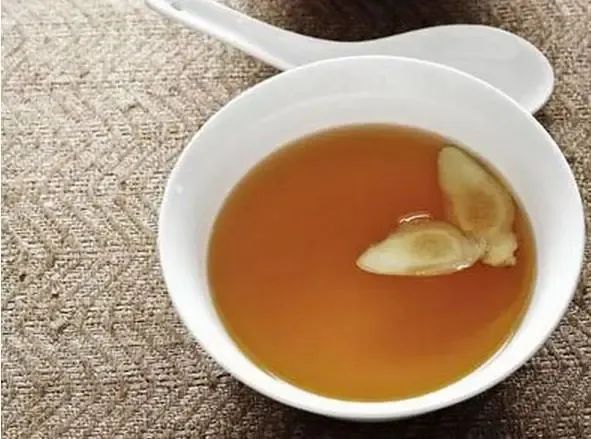
4. Dietary Remedies for Wind-Cold and Wind-Heat Colds
For Wind-Cold colds:
1. Boil slices of ginger and sections of green onion in water and consume.
2. Cook tofu with green onion and fermented soybeans.
For Wind-Heat colds:
1. Boil white radish with tangerine peel and drink the water.
2. Prepare a mint and egg soup.
3. Boil or stir-fry fish mint (Yu Xing Cao) and consume.
All of the above dietary remedies can help your body recover health. Whether it is a Wind-Cold or Wind-Heat cold, avoid rich, greasy, sour, and astringent foods that can upset the stomach.

Having understood the above knowledge, is it clearer for you to distinguish between Wind-Cold and Wind-Heat colds? However, the occurrence and development of diseases are complex. If you cannot accurately identify your condition, please seek medical attention promptly and do not delay your treatment!
Written by,Illustrated by | Liu JuanEdited by | Bai Guoqiang, Chen Hongbo, Zhu MiReviewed by | Pu Xueling

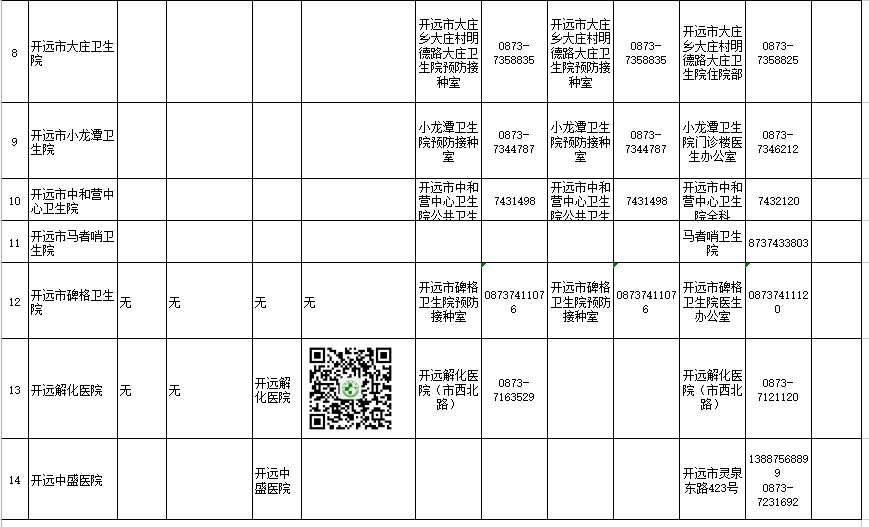
Kaoyuan City promotes the patriotic health “7+3” special action
Complaint hotline: 0873-7230791
